Premium Only Content
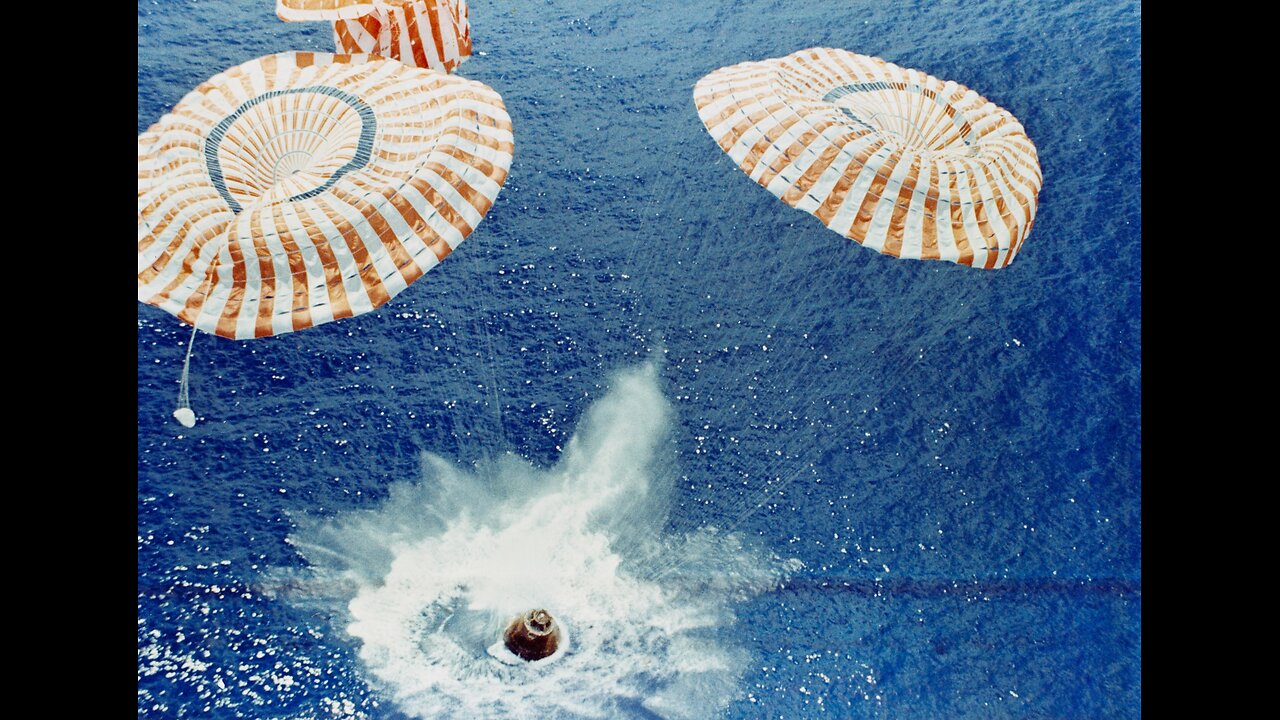
Lunar Landing Lunacy
Command module Columbia (CM-107) is the spacecraft that served as the command module during Apollo 11, which was the first mission to land humans on the Moon. Columbia is the only spacecraft of the 1969 Apollo 11 mission that returned to Earth.
The Apollo Lunar Module (LM /ˈlɛm/), originally designated the Lunar Excursion Module (LEM), was the lunar lander spacecraft that was flown between lunar orbit and the Moon’s surface during the United States’ Apollo program. It was the first crewed spacecraft to operate exclusively in space and remains the only crewed vehicle to land anywhere beyond Earth. Overseen by Grumman, the LM’s development was plagued with problems that delayed its first uncrewed flight by about ten months and its first crewed flight by about three months. Regardless, the LM became the most reliable component of the Apollo–Saturn space vehicle.
Neil Alden Armstrong (August 5, 1930 – August 25, 2012) was an American astronaut and aeronautical engineer who, as the commander of the 1969 Apollo 11 mission, became the first person to walk on the Moon. He was also a naval aviator, test pilot and university professor.
Buzz Aldrin (born Edwin Eugene Aldrin Jr.; January 20, 1930) is an American former astronaut, aeronautical engineer, and fighter pilot. He made three spacewalks as pilot of the 1966 Gemini 12 mission and was the Lunar Module Eagle pilot on the 1969 Apollo 11 mission. He was the second person to walk on the Moon after mission commander Neil Armstrong. Following the deaths of Armstrong in 2012 and pilot Michael Collins in 2021, he is the last surviving Apollo 11 crew member. Following Jim Lovell‘s death in 2025, Aldrin became the oldest living astronaut at age 95.
Michael Collins (October 31, 1930 – April 28, 2021) was an American astronaut who flew the Apollo 11 command module Columbia around the Moon in 1969 while his crewmates, Neil Armstrong and Buzz Aldrin, made the first crewed landing on the surface. He was also a test pilot and major general in the U.S. Air Force Reserve.
Born in Rome, where his father was serving as the U.S. military attaché, Mike Collins graduated in the Class of 1952 from the United States Military Academy. He followed his father, brother, uncle, and cousin into the military. He joined the United States Air Force and flew F-86 Sabre fighters at Chambley-Bussières Air Base, France. He was accepted into the U.S. Air Force Experimental Flight Test Pilot School at Edwards Air Force Base in 1960, also graduating from the Aerospace Research Pilot School (Class III).
Virgil Ivan “Gus“ Grissom (April 3, 1926 – January 27, 1967) was an American engineer and pilot in the United States Air Force, as well as one of the original Mercury Seven selected by the National Aeronautics and Space Administration for Project Mercury, a program to train and launch astronauts into outer space. Grissom went on to be a Project Gemini and Apollo program astronaut for NASA. As a member of the NASA Astronaut Corps, Grissom was the second American to fly in space in 1961. He was also the second American to fly in space twice, preceded only by Joe Walker with his sub-orbital X-15 flights.
James Arthur Lovell Jr. (March 25, 1928 – August 7, 2025) was an American astronaut, naval aviator, test pilot, and mechanical engineer. In 1968, as command module pilot of Apollo 8, he, along with Frank Borman and William Anders, became one of the first three astronauts to fly to and orbit the Moon. He then commanded the Apollo 13 lunar mission in 1970 which, after a critical failure en route, looped around the Moon and returned safely to Earth. A 1952 graduate of the United States Naval Academy in Annapolis, Maryland, Lovell flew McDonnell F2H Banshee night fighters.
Bart Winfield Sibrel (born 1964 or 1965) is an American conspiracy theorist who has written, produced, and directed films arguing that the Apollo Moon landings between 1969 and 1972 were staged by NASA under the control of the CIA. He has created four independent films promoting the ideas, with the first having been the film A Funny Thing Happened on the Way to the Moon (2001).
The Apollo program was a United States human spaceflight program carried out from 1961 to 1972 by the National Aeronautics and Space Administration (NASA), which landed the first astronauts on the Moon. The program used the Saturn IB and Saturn V launch vehicles to lift the Command/Service Module (CSM) and Lunar Module (LM) spacecraft into space, and the Little Joe II rocket to test a launch escape system which was expected to carry the astronauts to safety in the event of a Saturn failure. Uncrewed test flights beginning in 1966 demonstrated the safety of the launch vehicles and spacecraft to carry astronauts, and four crewed flights beginning in October 1968 demonstrated the ability of the spacecraft to carry out a lunar landing mission.
My Substack Channel:
https://juxtaposition1.substack.com/podcast
-
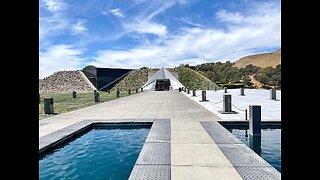 34:22
34:22
Rehypothecation1
5 days agoTerra Swarm, Fog of War (UN Agenda 2030)
7401 -
 20:34
20:34
ArynneWexler
6 hours agoNew Poll: Women Are Done With America | NN8
15.6K22 -
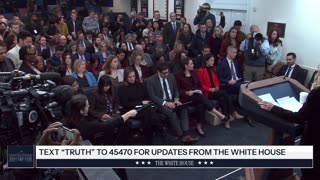 59:30
59:30
The White House
4 hours agoPress Secretary Karoline Leavitt Briefs Members of the Media, Nov. 20, 2025
52.2K28 -
 2:06:37
2:06:37
Steven Crowder
7 hours agoJasmine Crockett's Epstein Idiocy & the Absolute State of the Democrat Party
563K356 -
 33:37
33:37
The Boomer Effect
17 hours agoBeyond Convenience: The Tyranny Behind Digital IDs
14.9K1 -
 1:15:39
1:15:39
Sean Unpaved
4 hours agoAre Josh Allen & Bills On UPSET ALERT vs. Texans? | UNPAVED
36K -
 2:06:44
2:06:44
Side Scrollers Podcast
5 hours agoRoblox Kids TRANS Game + Pokimane ROASTED AGAIN + More | Side Scrollers
43.2K9 -
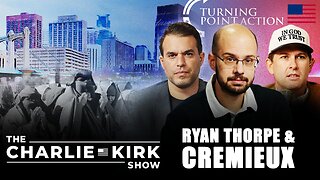 2:05:47
2:05:47
The Charlie Kirk Show
4 hours agoTP Action Update + Mogadishu Minnesota + Replacing ObamaCare | Bowyer, Thorpe, Cremieux | 11.20.2025
73.6K20 -
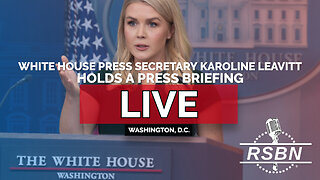 3:08:29
3:08:29
Right Side Broadcasting Network
7 hours agoLIVE REPLAY: White House Press Secretary Karoline Leavitt Holds a Press Briefing - 11/20/25
63.4K10 -
 1:08:05
1:08:05
Rebel News
4 hours agoCBSA refugee revelation, No oil tankers in BC, Notwithstanding clause debate | Rebel Roundup
23.3K4